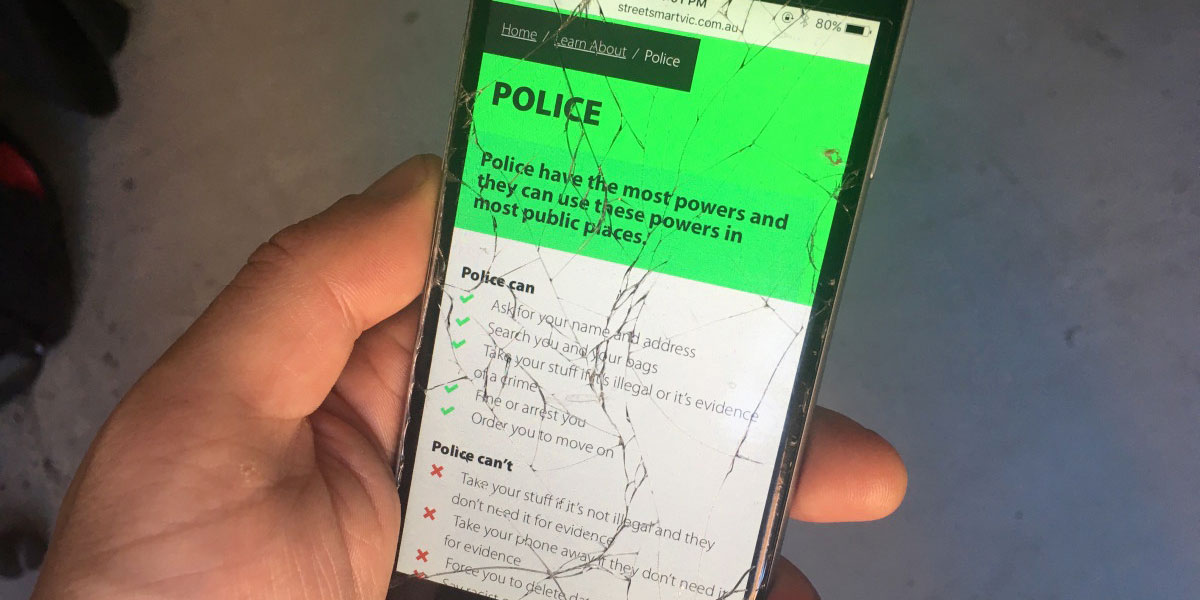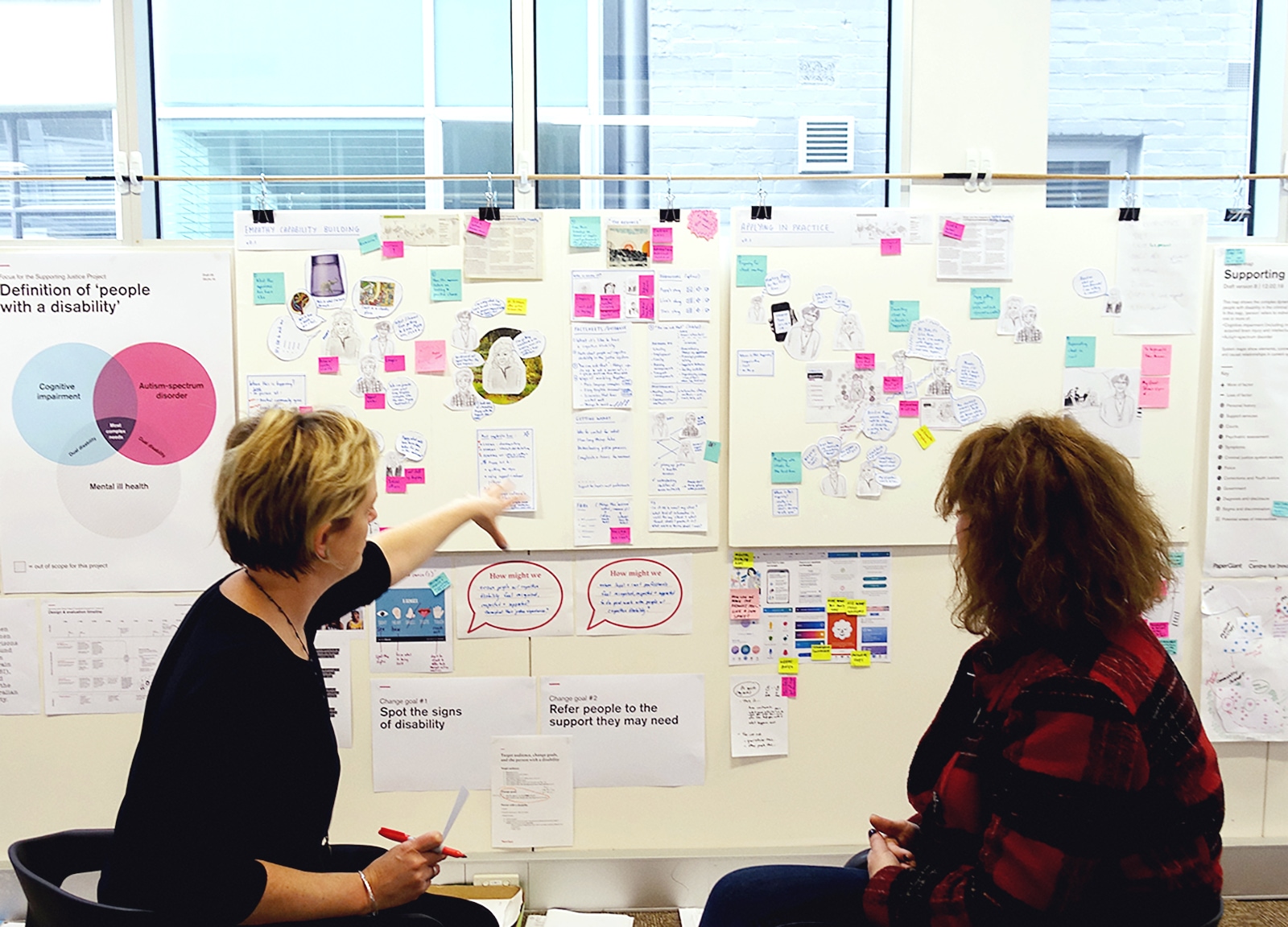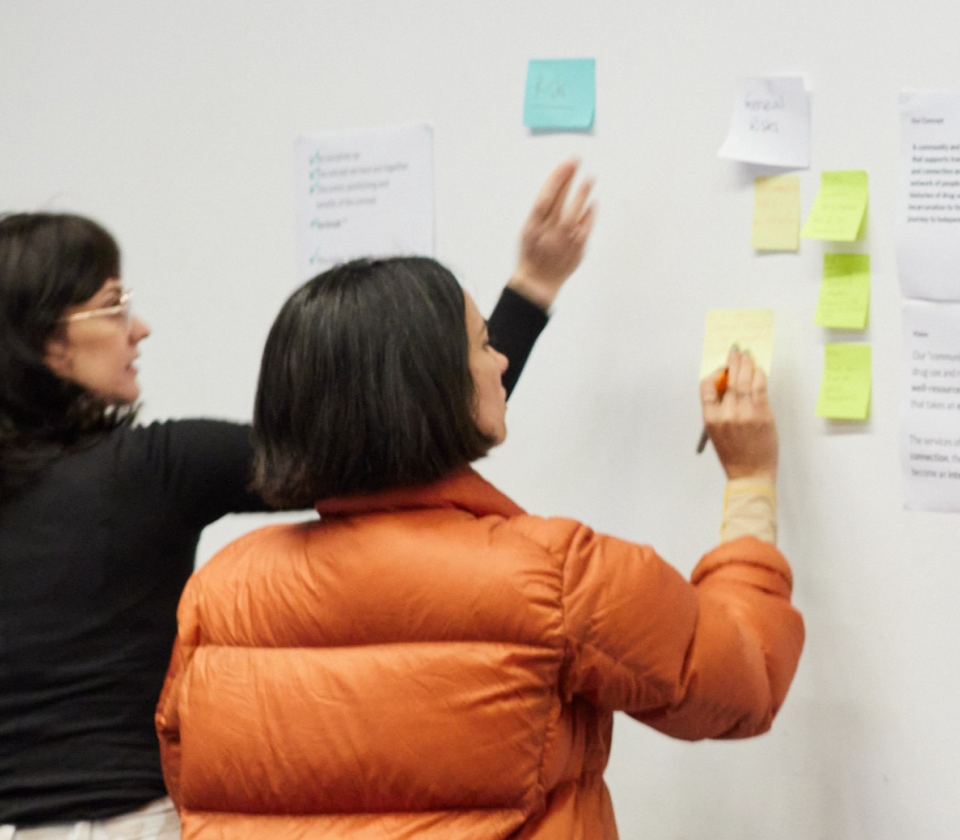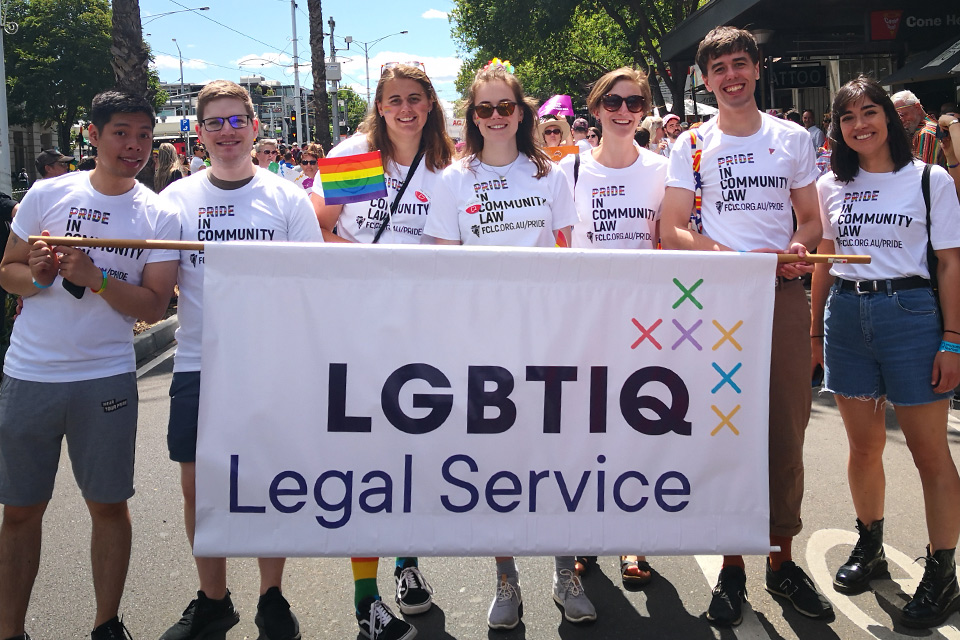Youthlaw
Making legal rights accessible to homeless young people
Youthlaw – a community legal service that offers free legal advice to at-risk and disadvantaged young people – approached us to help them design a digital resource.
Outcomes
Uncovered and mapped interactions with the law that cause confrontations for disadvantaged and homeless youth
A co-created content strategy designed to help people understand their rights when dealing with the law and police
An accessible mobile website with clear and easy to read information on legal rights
Services
- Social innovation
- Product innovation
- UX and UI design
Sectors
Aggressive encounters with authorities on public transport are often the first time young people move from civil to criminal offences. Public transport fines perpetuate financial hardship, which can lead to further cycles of disadvantage.
Youthlaw needed help to raise the baseline level of knowledge their clients have regarding the law and legal issues. Equipping young people with a knowledge of their rights and obligations in these spaces is vitally important to help them avoid further financial hardship, and to avoid criminal charges.

Listening to kid's stories
To understand what was happening in encounters on public transport, we interviewed a number of homeless and disadvantaged youth from Melbourne and Geelong. We asked them – in the presence of a lawyer – to tell us about times they had run into authorities, and what had happened to them.
We found that there was a lot of misinformation about what authorities could and couldn’t do, and where they could do those things. There was also a lot of false assumptions about how to get legal help (which they assumed was too expensive for them).
Kids would sometimes falsely assert rights they didn’t have, which would lead to them being arrested. On the other hand, they were sometimes afraid of asserting the rights they had for fear of escalating a situation, leading to unnecessary fines.
We used these conversations with young people to create a "journey map" of interactions with the law, which we presented to Youthlaw lawyers and stakeholders, along with a detailed report of our research findings.
The online resource of content co-created with young people
Mapping interactions with authorities
Young people’s journeys with the law are often complicated, and regularly tragic. More often than not, simple misunderstandings and confusion about rights and obligations lead to escalation of interactions with authorities, and these escalations compound prior offences.
By mapping young people’s interactions with authorities, we were able to identify a clear need for education about legal rights and obligations.
We also mapped young people’s technology use: how they keep in touch with friends and family, and how they access the internet. It became clear that pre-paid smart phones (with low data caps) were a vital connection to otherwise tenuous support groups. Smartphones were usually the only way they could access the internet, along with public libraries.
It was clear that Youthlaw’s clients needed a mobile-accessible website that clearly listed the “can's and can’ts” of different authorities. It had to be written in plain language that kids could understand, and provide ways to get more help if required. It also had to work well on a vast range of different mobile devices, of varying platforms, sizes and ages, and its pages had to be small so that it didn’t use up data allowance.
Mobile screens showing detailed support content written in a simple and accessible way
Co-creating Street Smart
We designed and prototyped a website, and wrote detailed website content, by working closely with law experts — writing alongside lawyers to help them turn genuine legal advice into plain language that kids could understand and use.
This resulted in the creation of the online resource "Street Smart" – available at www.streetsmartvic.com.au.
The structure of the site was designed to meet the most pressing needs of Youthlaw’s clients. We validated both the functionality of the site and the value of the content with young people before the website’s launch, to rave reviews.



